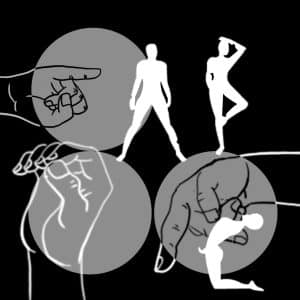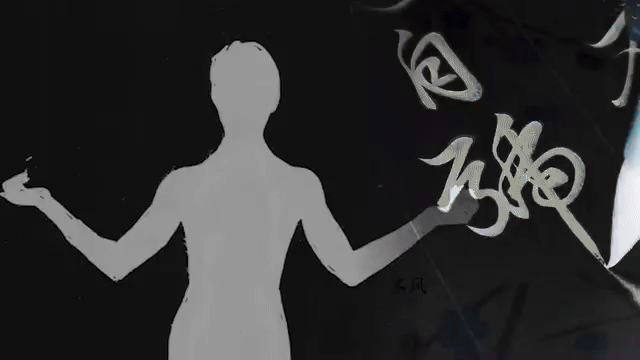Embodied Cognition at Cambridge Creation Lab
Embodiment refers to the physical form or manifestation of cognition. It enables intelligent beings—whether artificial or organic—to perceive and alter their environment. It is an active participant that both influences and is influenced by its intellect. Intelligence is the capacity to acquire, retain, and use knowledge. It enables entities to travel, adapt, and modify their environment. Human and animal intelligence is manifested via a brain and body that collaborate to produce coherent, deliberate actions. Embodied approaches to cognition suggest that the learner’s physical body profoundly influences cognitive processes, impacting both causal and constitutive aspects of thinking. As we further explore the relationship between body and mind, it becomes evident that adopting an embodied perspective can enhance our understanding of human cognition and promote more effective ways to engage with information.
The current frameworks of educational delivery, including educator training, instructional methodology, and curriculum, as well as our approaches, appear to be tied to intangible ideas about human mental processes. Key methods to enhance embodied instruction at all levels include incorporating physical activities into educational content, fostering intuitive comprehension of concepts, and informing subsequent curriculum development. Another approach to inherently improve experiential education is to restructure instructional spaces to facilitate active learning, thereby establishing a more fluid setting that increases awareness and openness to innovative ideas. One of the less recognized methods of customizing an embodied program approach is to prioritize handwriting during the early stages of motor skill development in children. The conceptual assimilation of alphabetical information is one of the earliest abilities to emerge in the primary years, with a lasting impact on academic outcomes. Writing by hand is often used to document initial thoughts, record observations, and conduct experiments. The human body forms establish relationships between words, thoughts, and the hand through paper or pencil. Handwriting is a form of exercise that preserves the remnants of a moving body, embodying memories and emotions and influencing how they are expressed through the hand. Dr. Ilaria Berteletti and James Booth have conducted research on digits in relation to numerical representations and arithmetic processing. Regardless of cultural disparities, the use of digits in mathematics from infancy influences performance in expressing numerical amounts, solving arithmetic problems, and establishing spatial-numerical associations in both adults and children. Finger-based approaches may influence operation-specific processes, as shown by behavioral and neuroimaging research. The exploration of digits in mathematics reveals their profound influence on our understanding and manipulation of numerical concepts. Through the insightful research conducted by Dr. Ilaria Berteletti and James Booth, it becomes evident that digits are not merely symbols but play a crucial role in shaping how we represent numerical amounts and tackle arithmetic challenges. Their findings underscore the intricate relationship between digits and cognitive processes, highlighting how our performance in solving mathematical problems is intricately linked to these representations.
A variety of intricate concepts can be conveyed through cognitively stimulating activities, such as strolling or utilizing the body to execute dance patterns. These activities invigorate the intellect, support problem-solving and creative thinking, and enhance physical health. Individuals undergo a comprehensive development that improves their emotional expressiveness and mental agility by integrating cognitive engagement with movement. The profound connection between mind and body in our pursuit of knowledge and pleasure is exemplified by the power of such activities to cultivate a deeper understanding of complex ideas.
At Cambridge Creation Lab, we will persist in our efforts to develop and refine our distinctive methods of enacting education by fostering connections between disciplines and using the body to communicate them. Additionally, our objective is to create numerous opportunities for designers and intellectuals to identify straightforward solutions to complex problems by incorporating ethnomethodology, sociocultural theories, and the reshaping of ideas.



